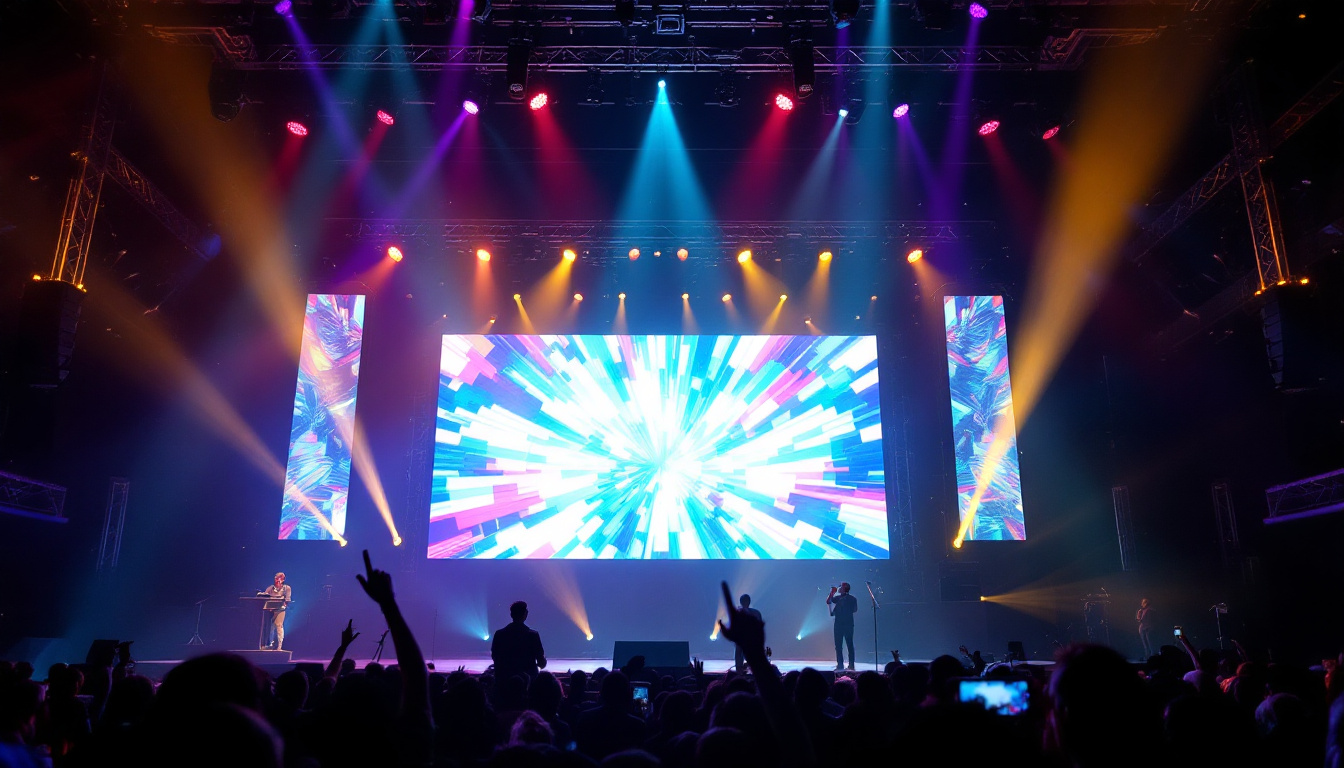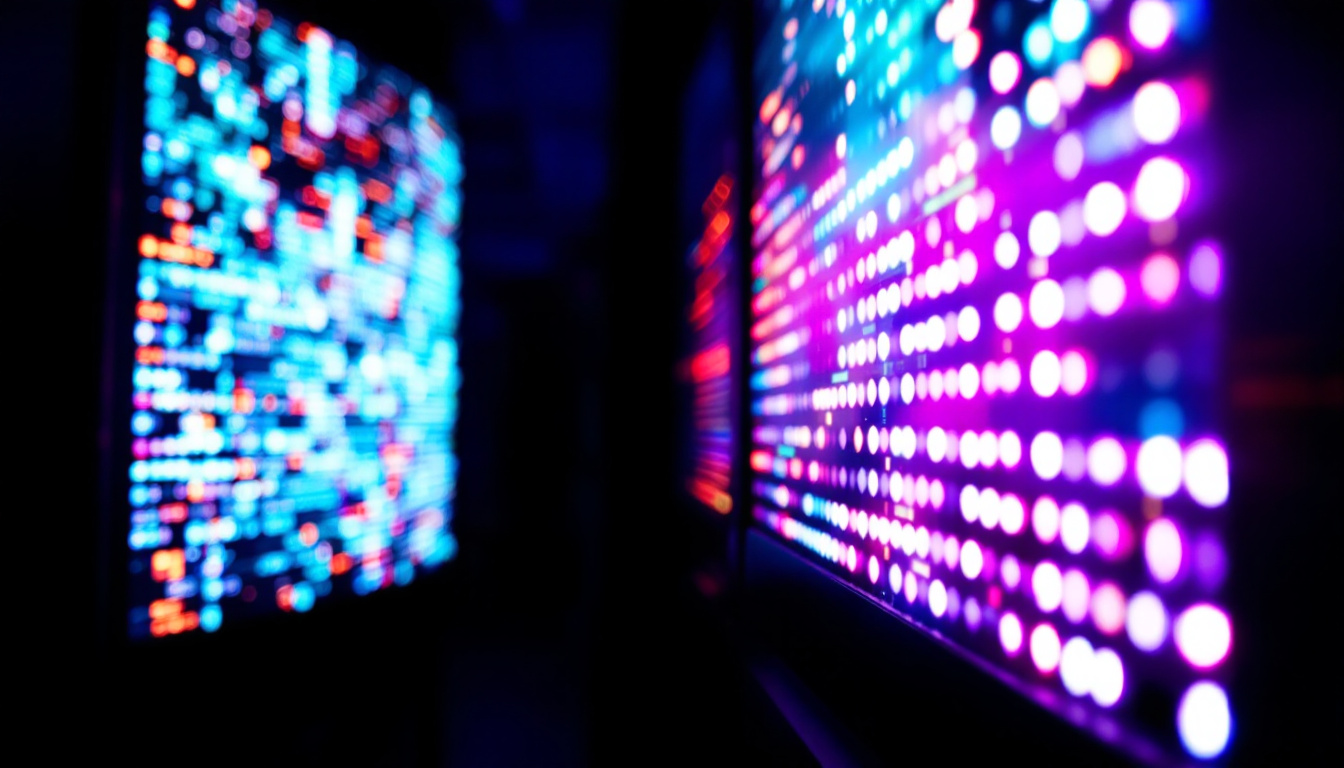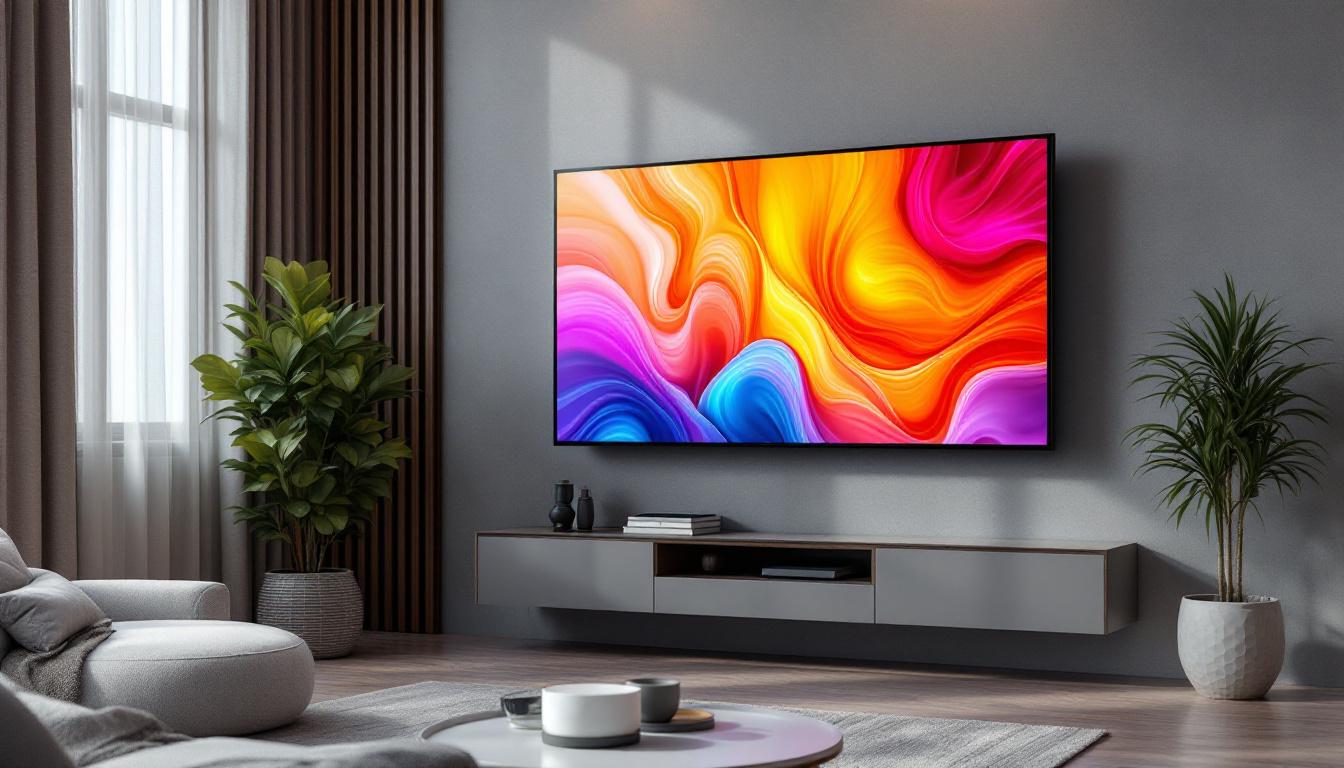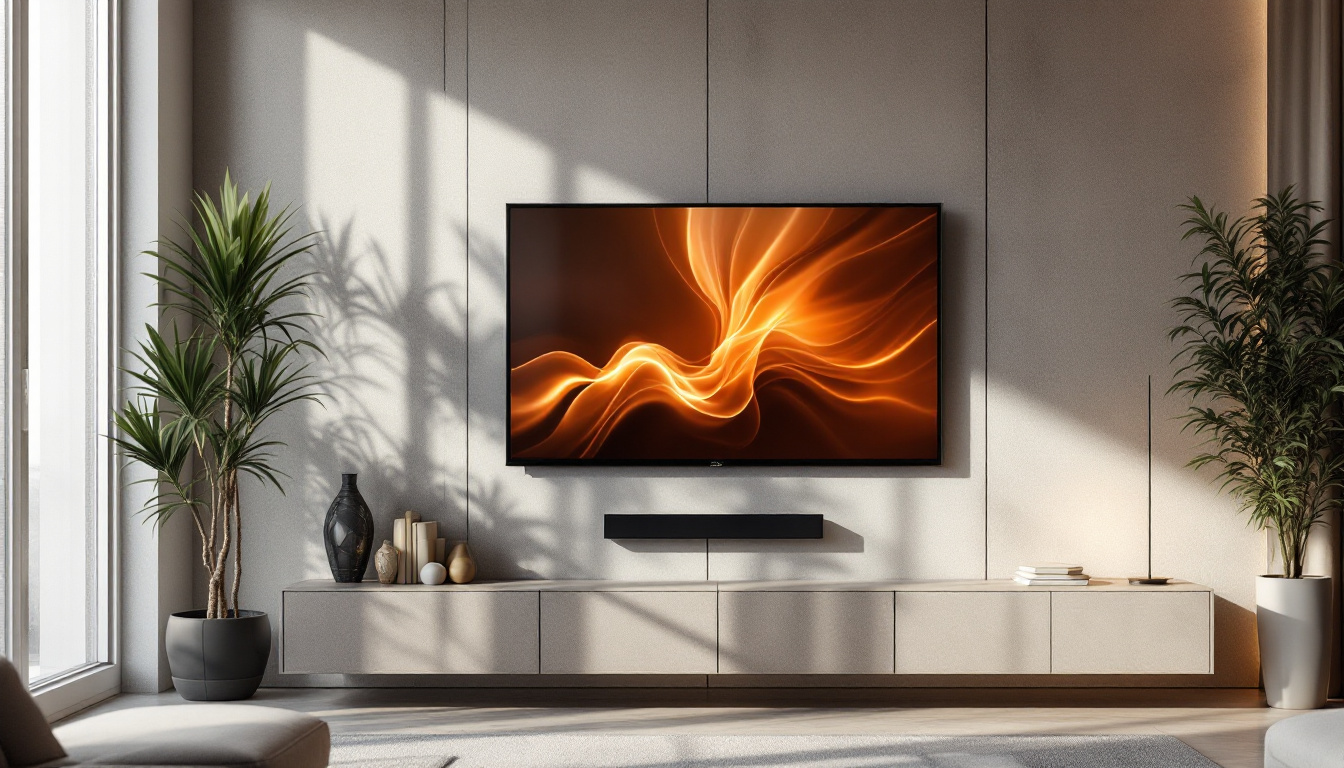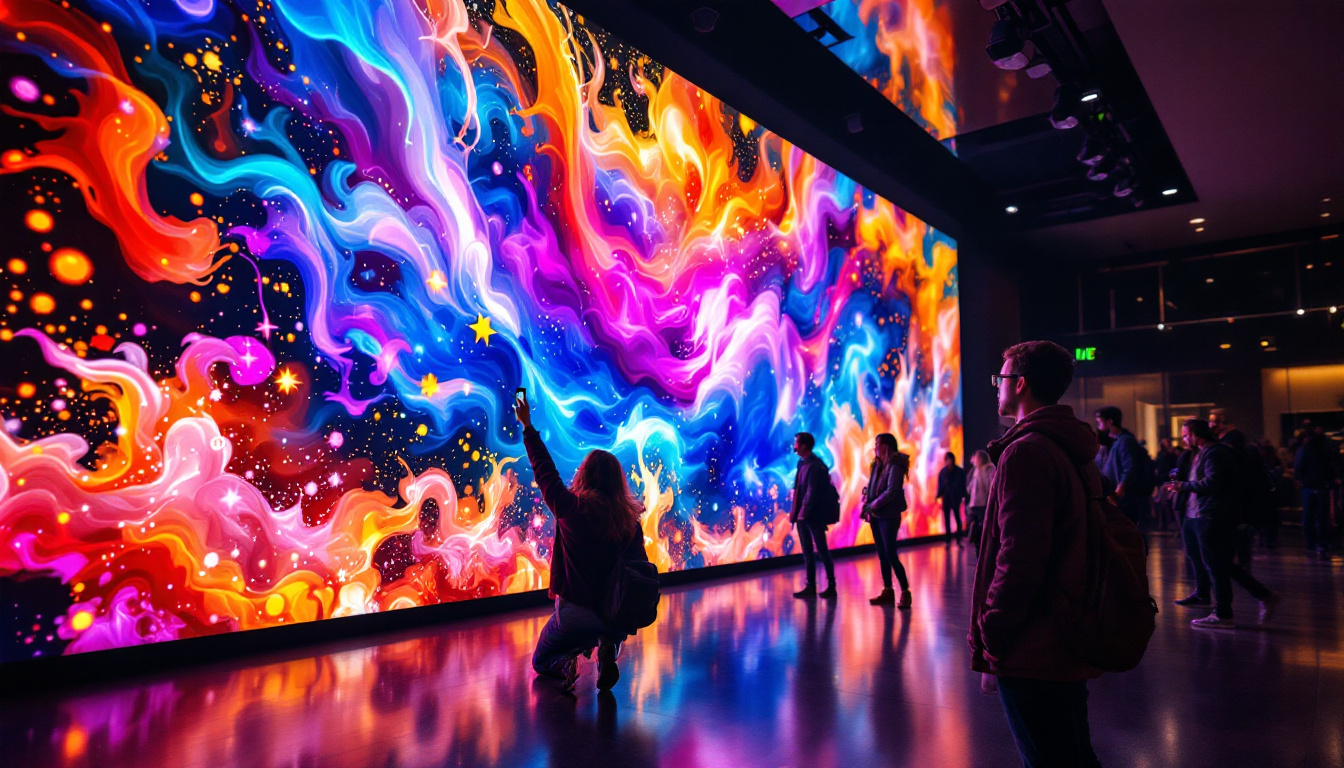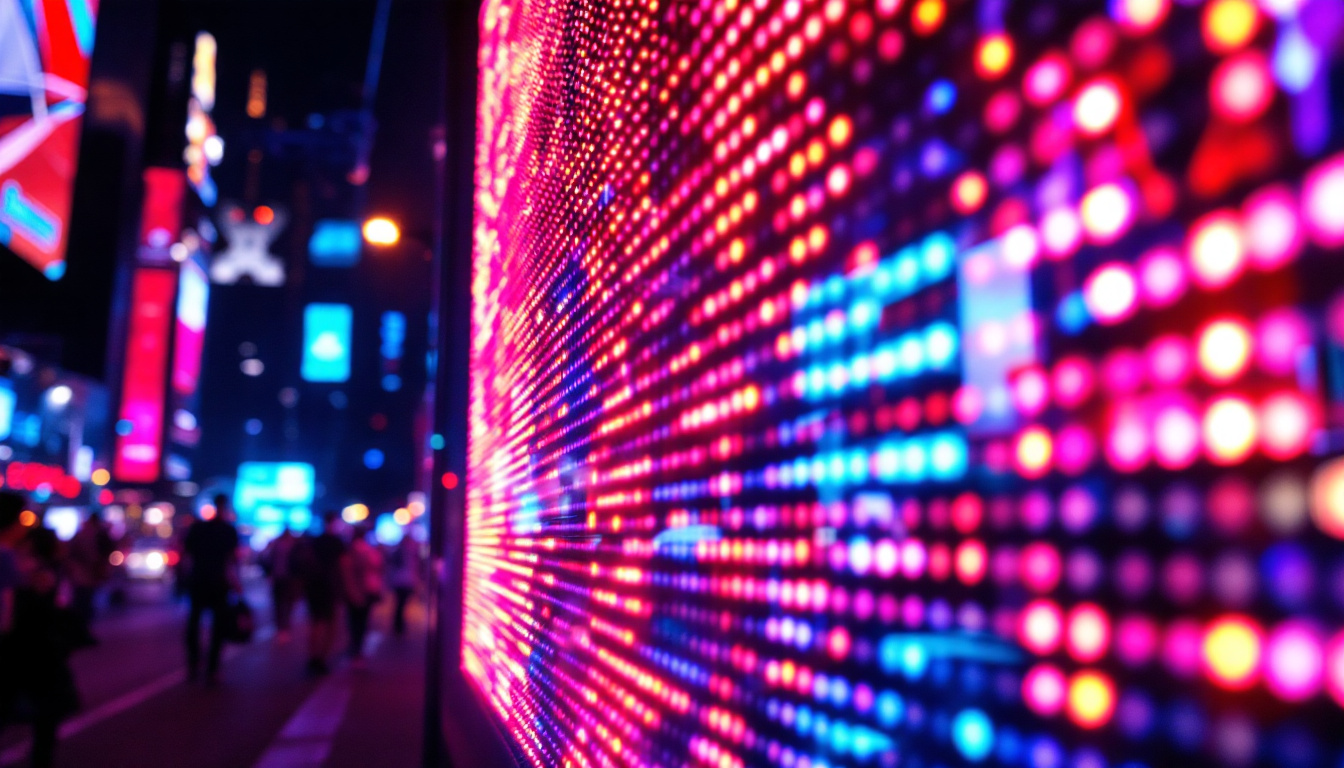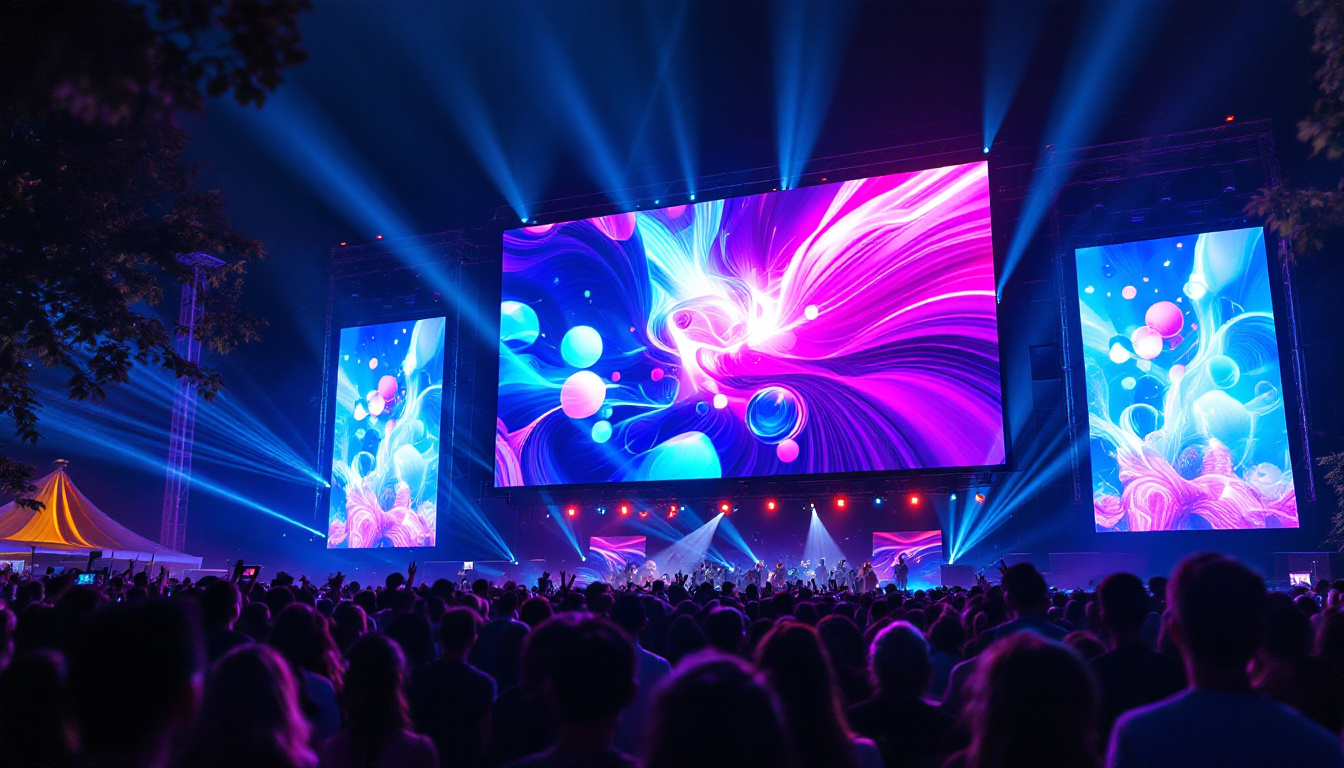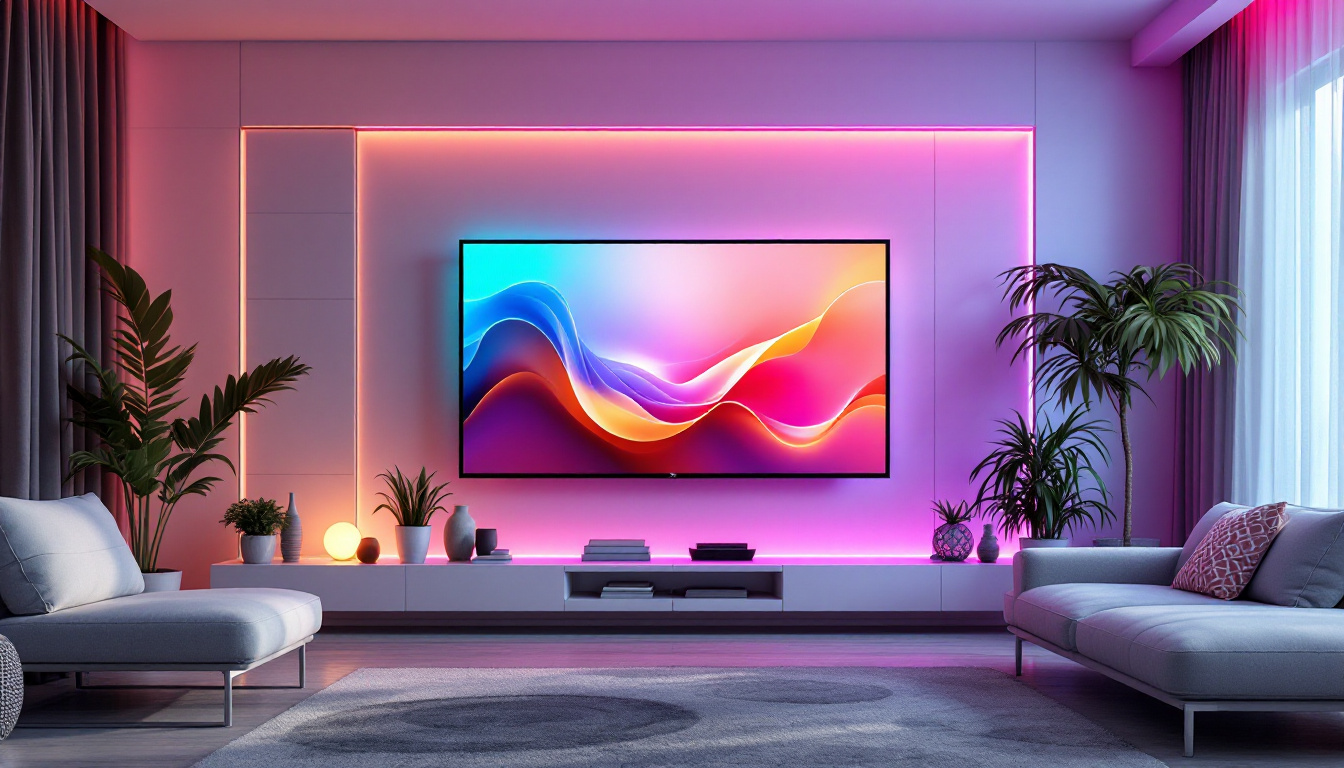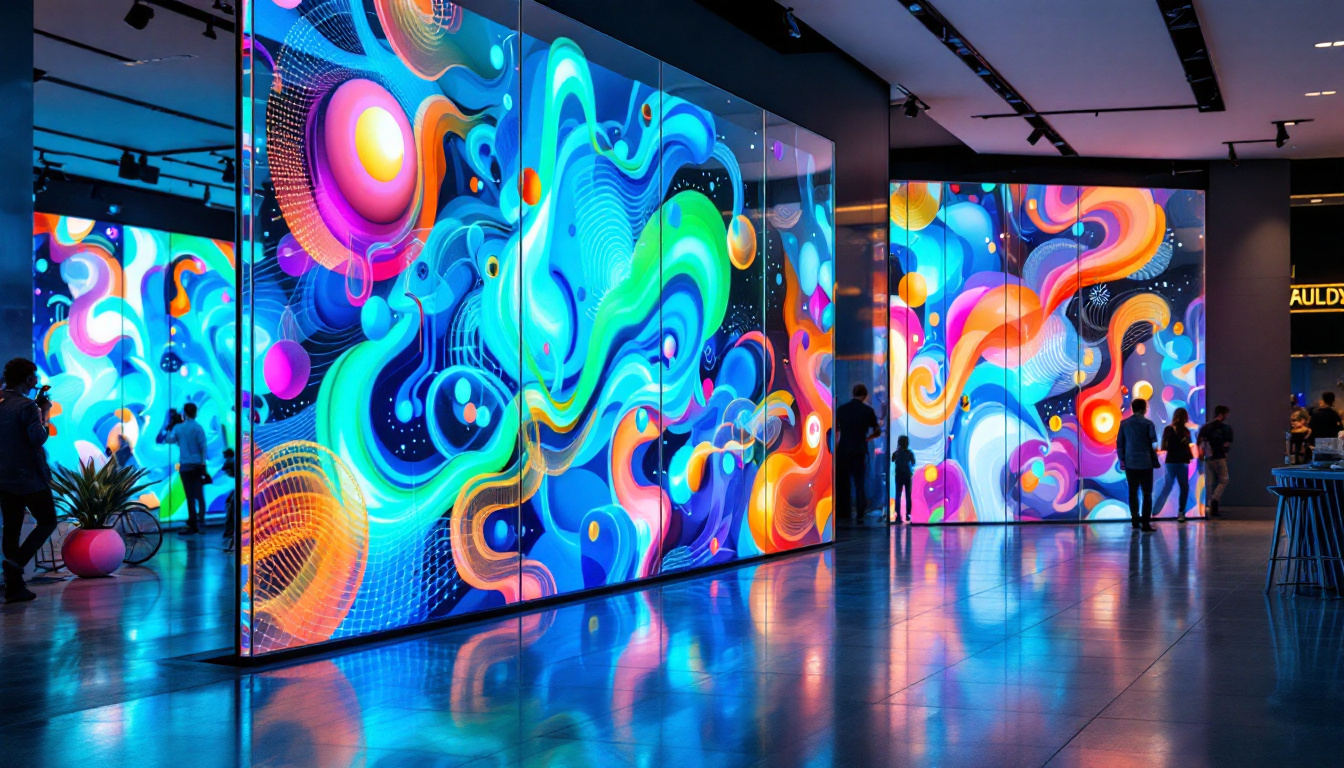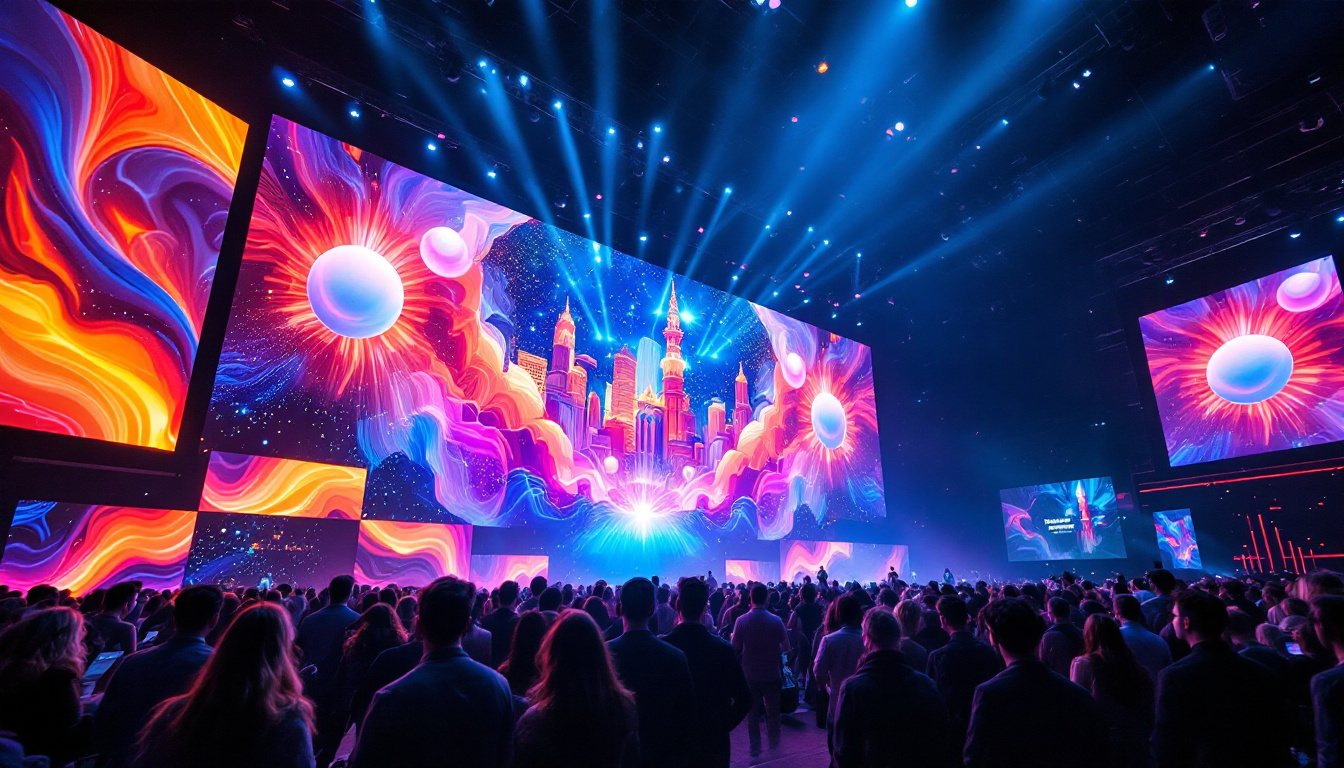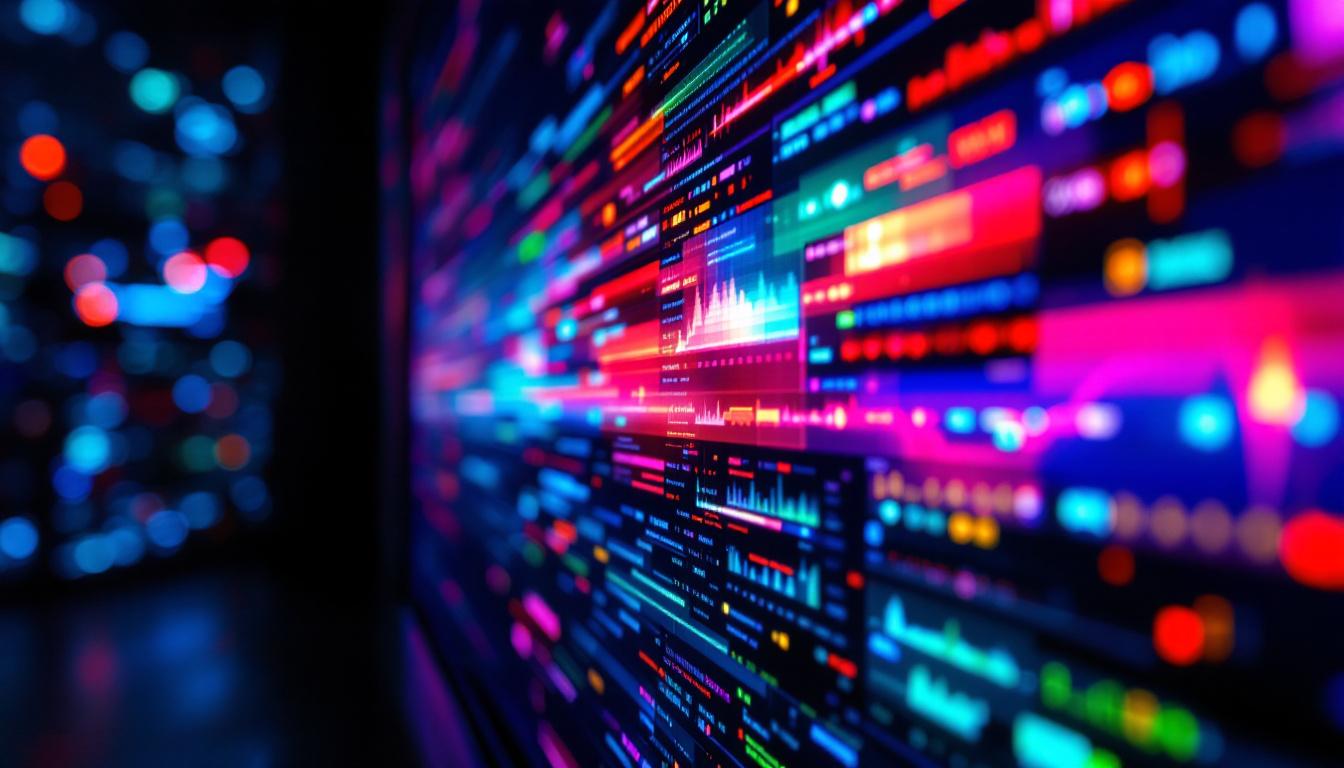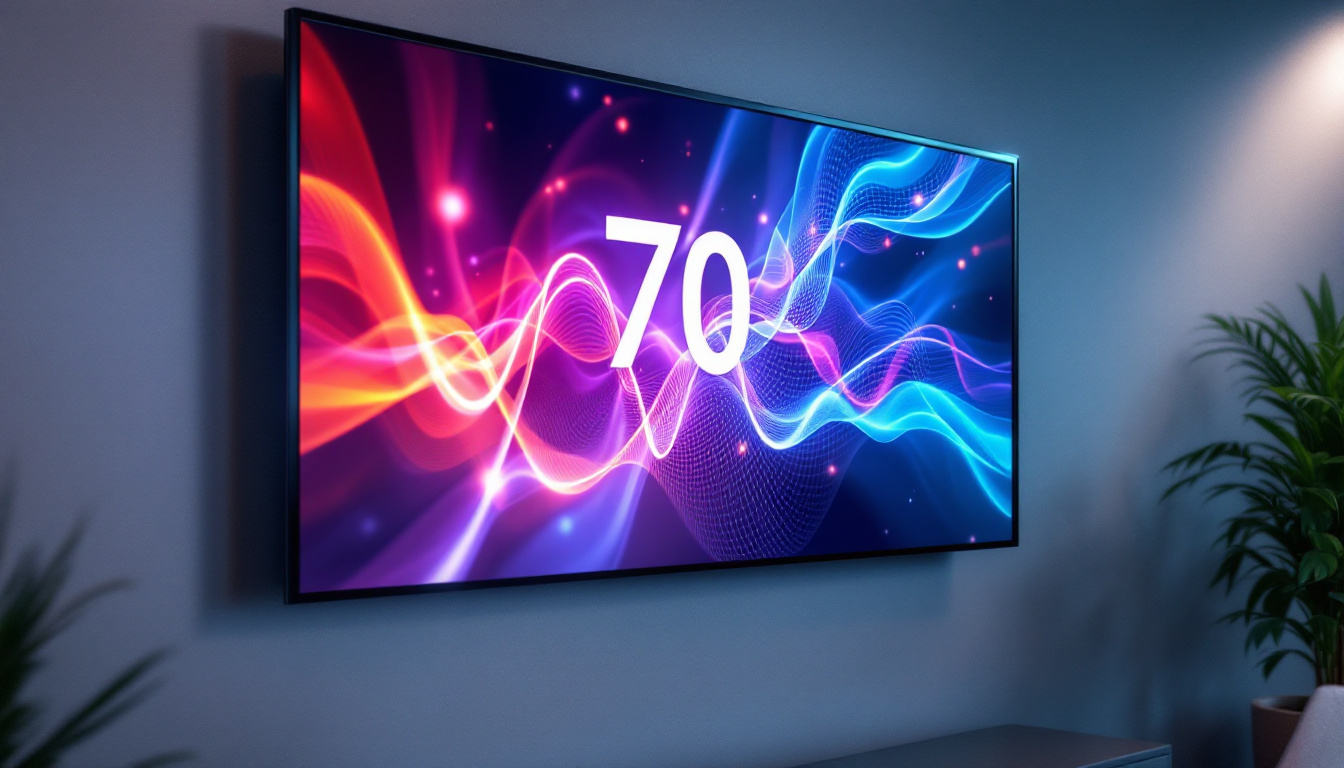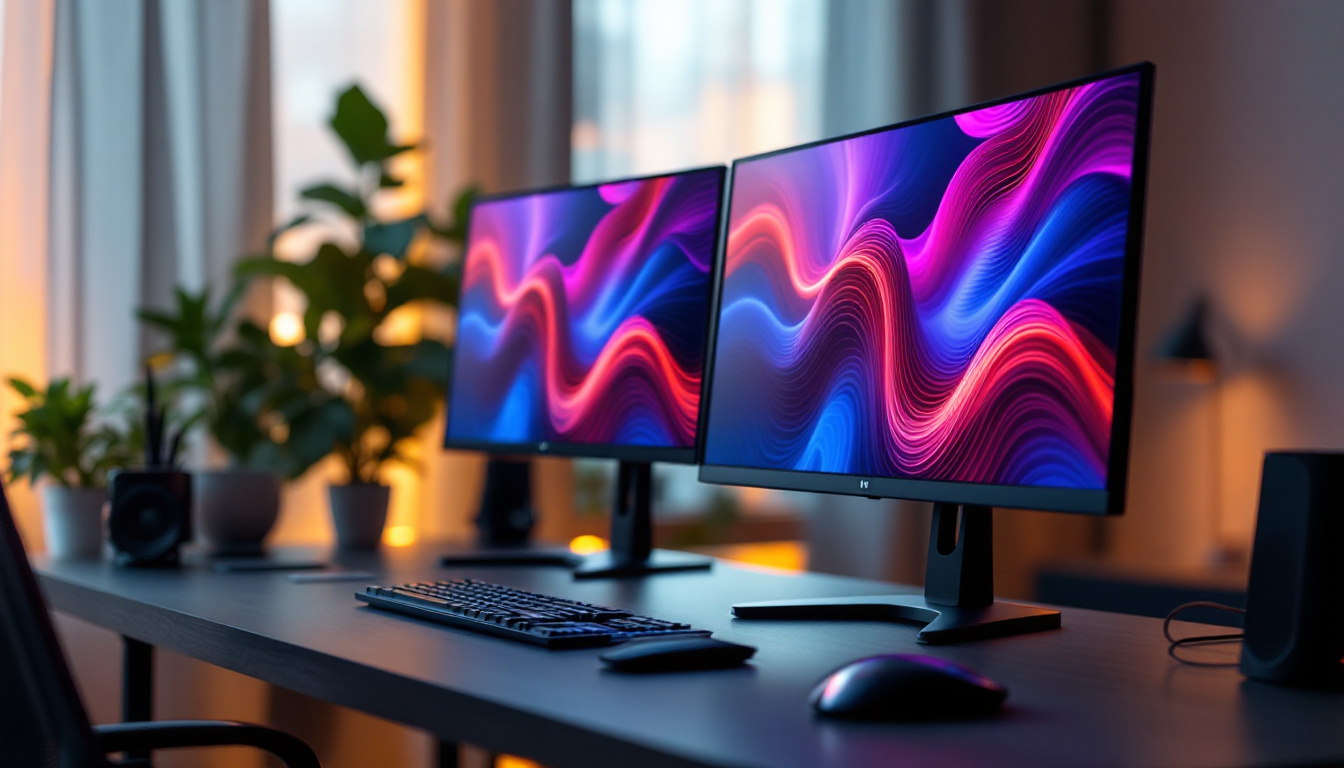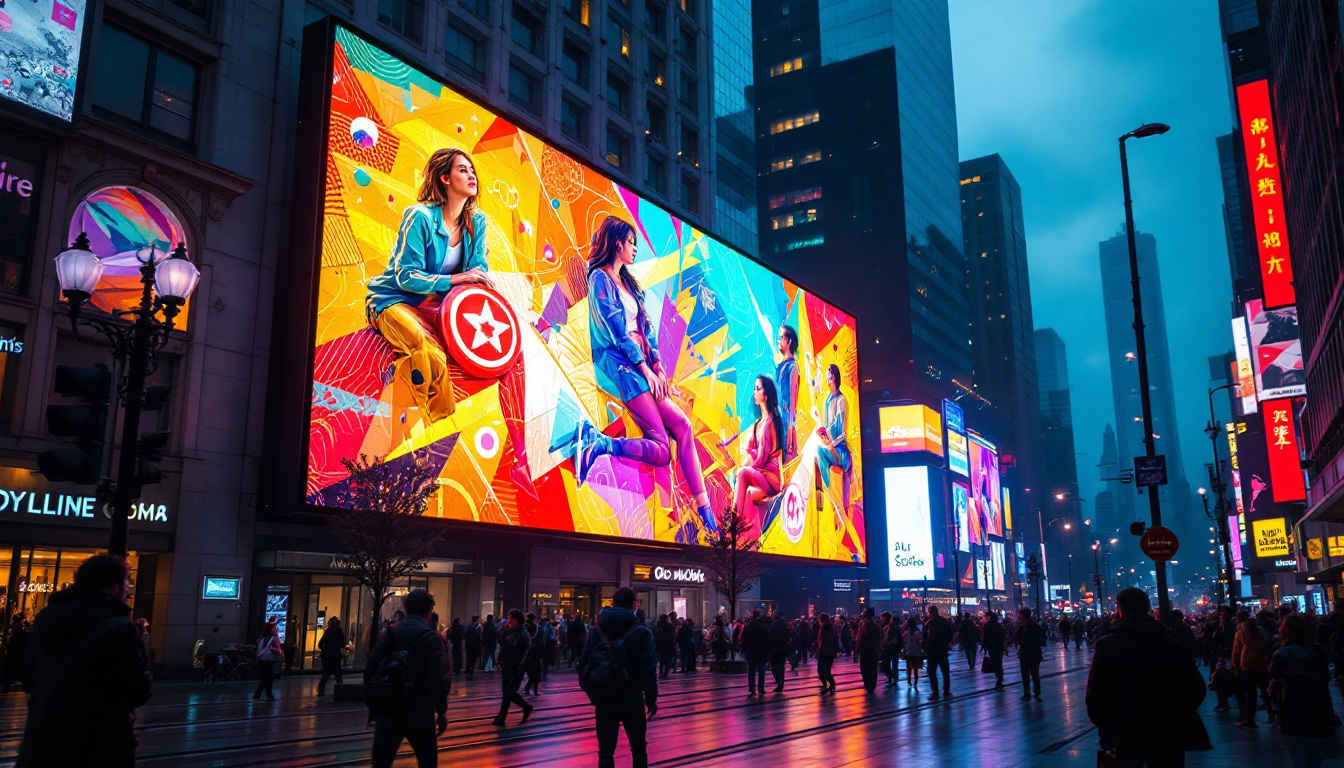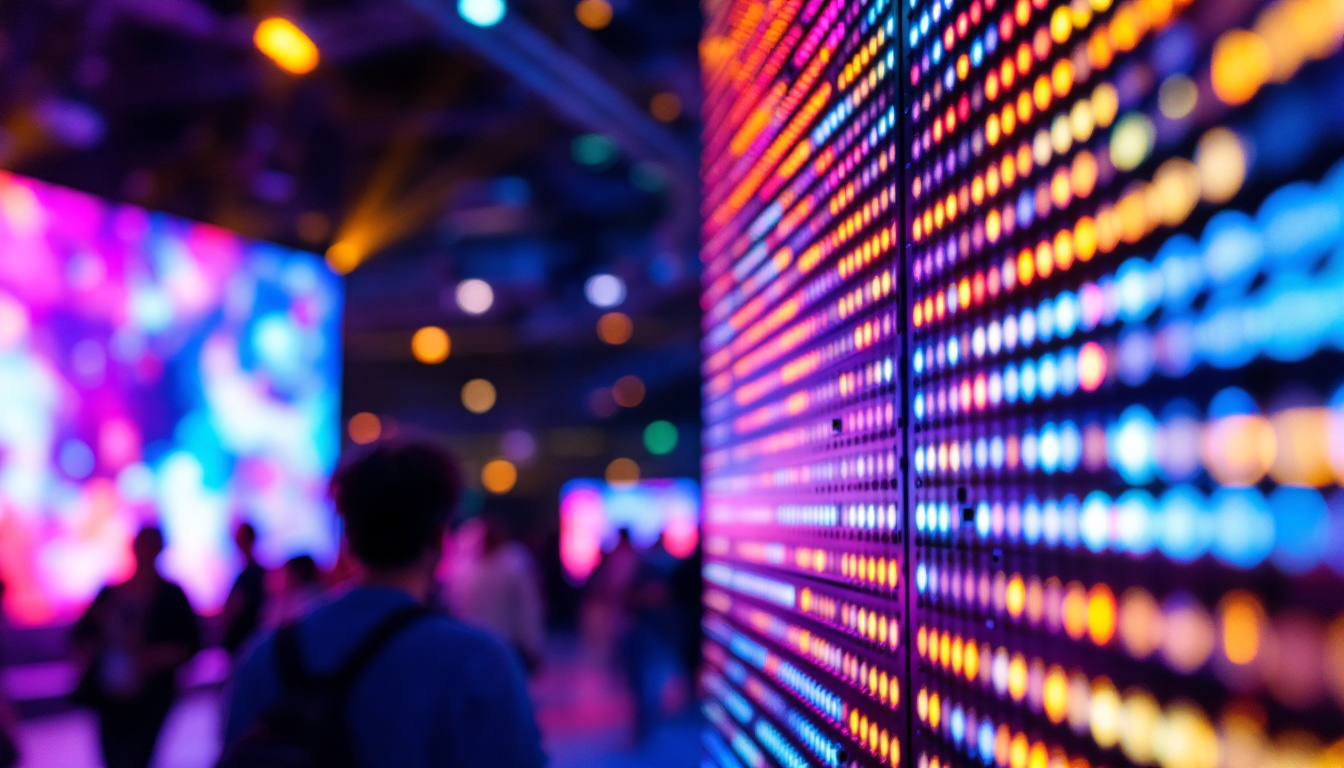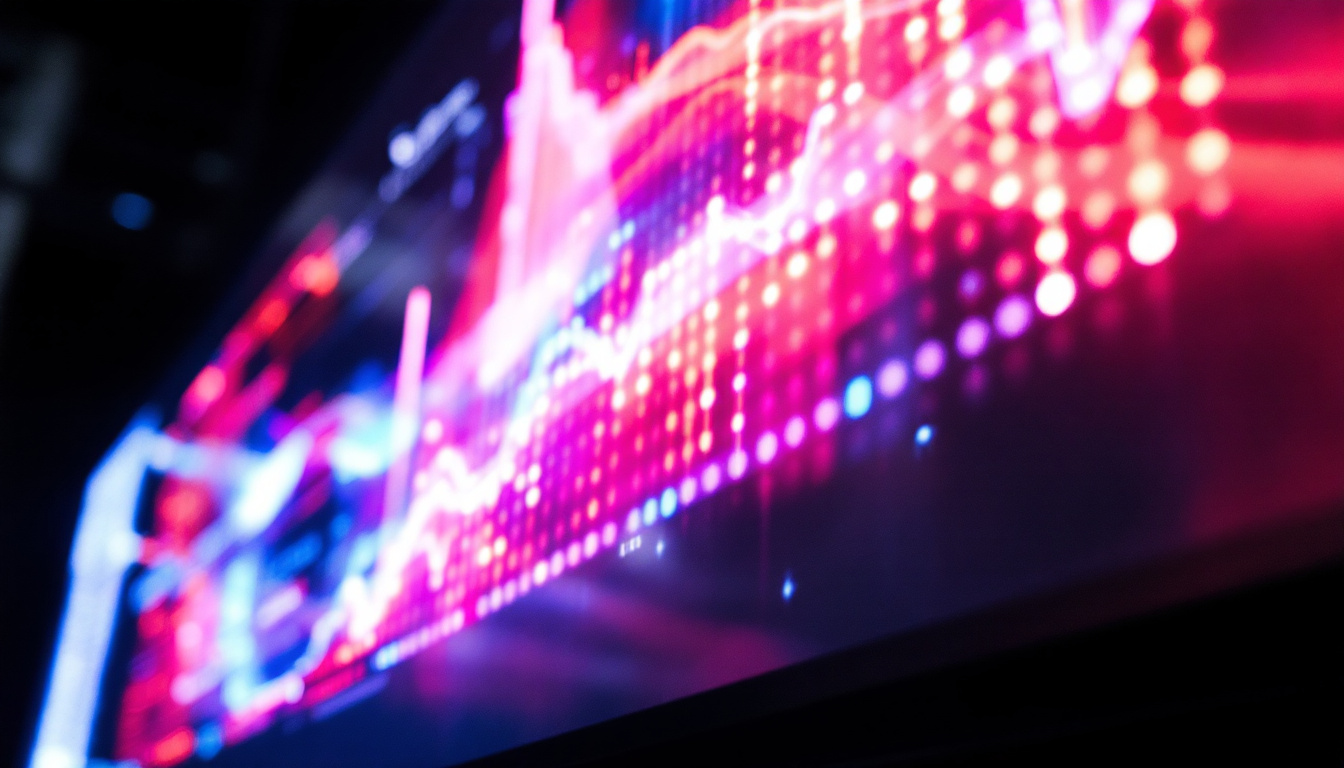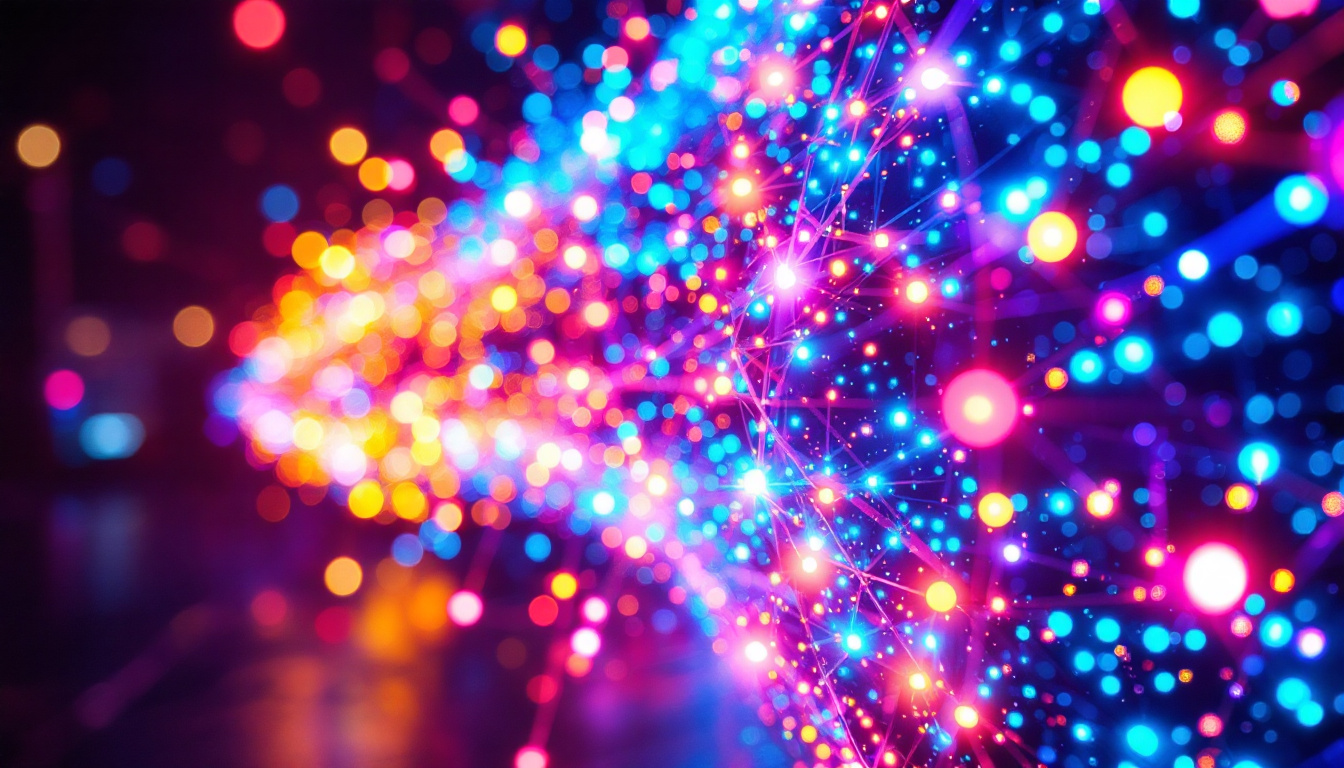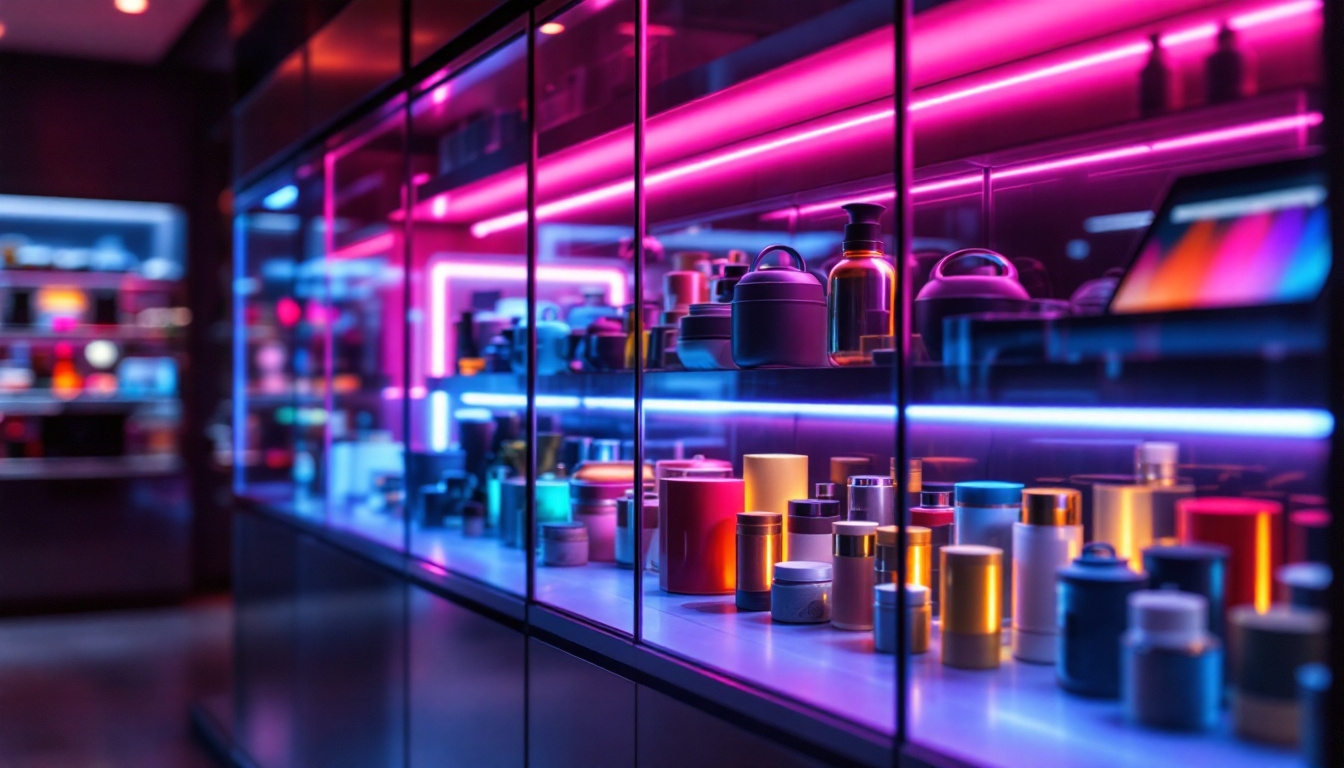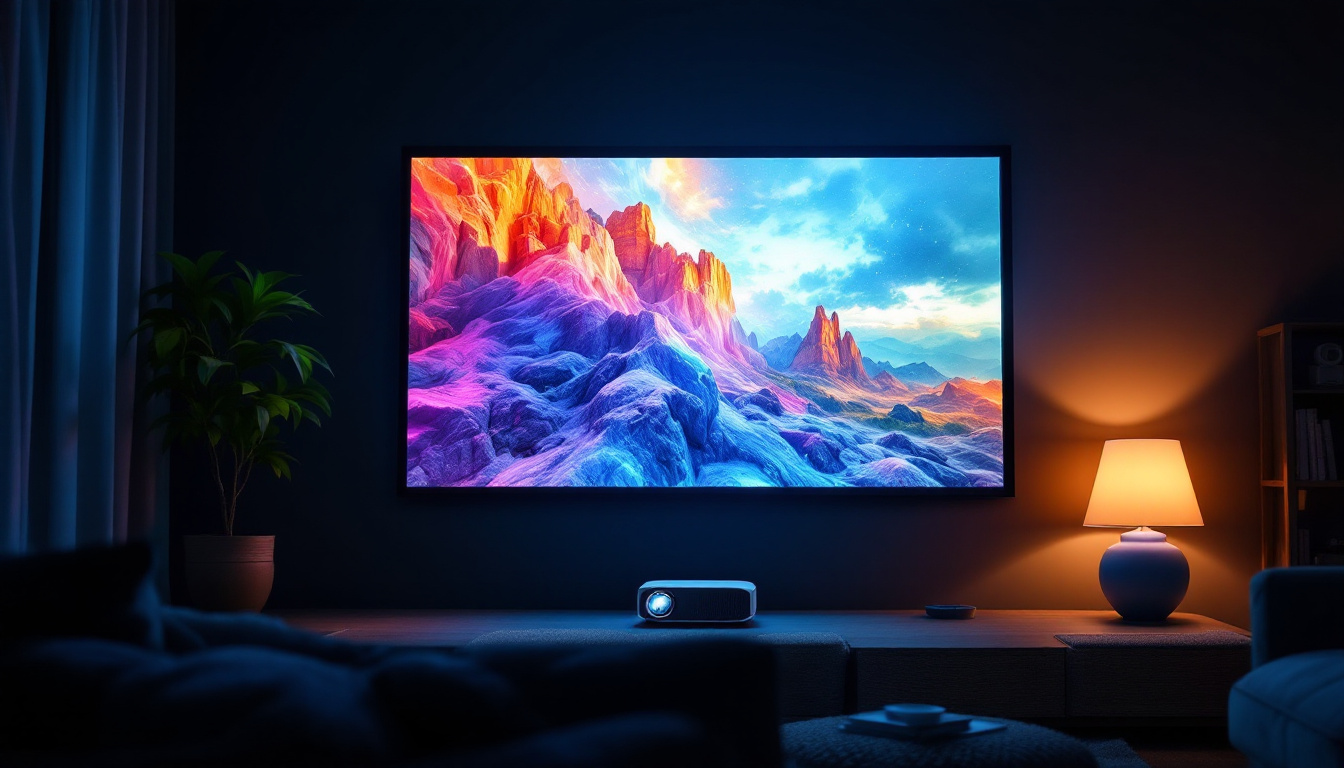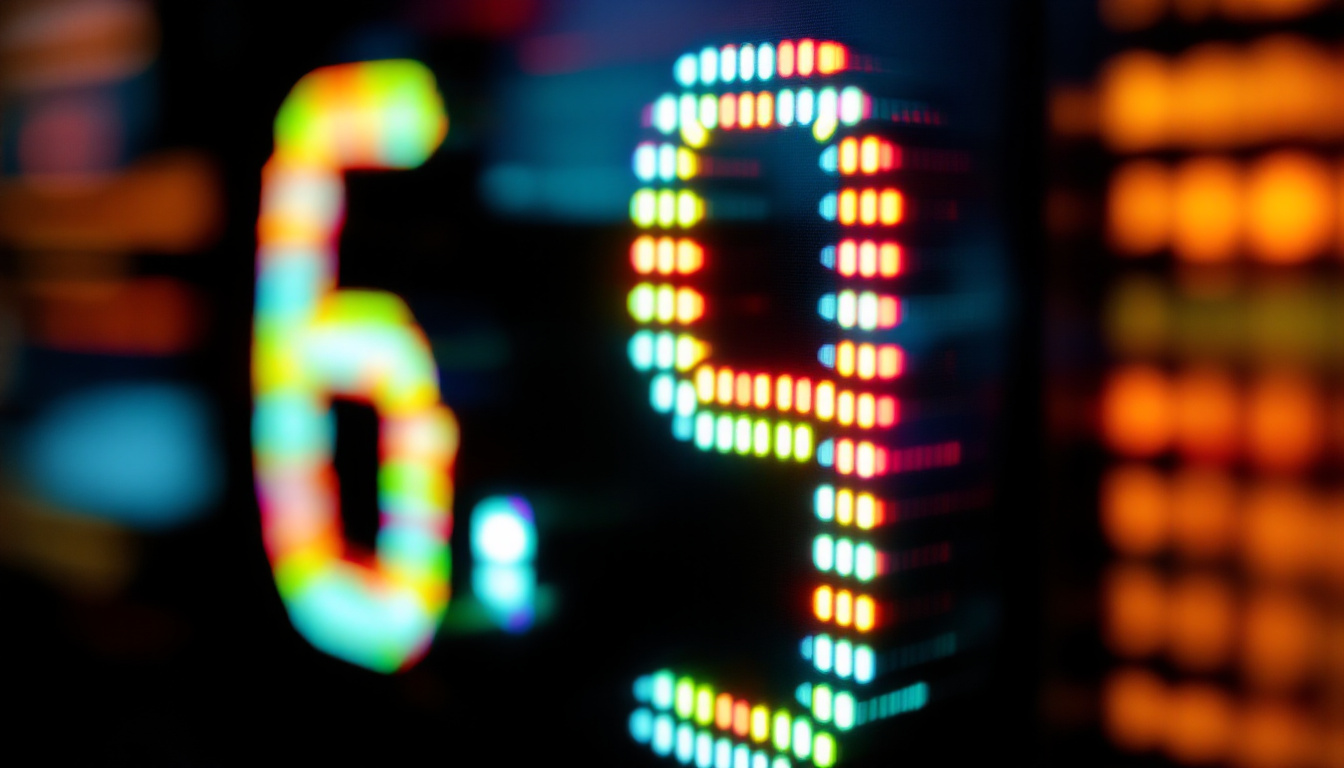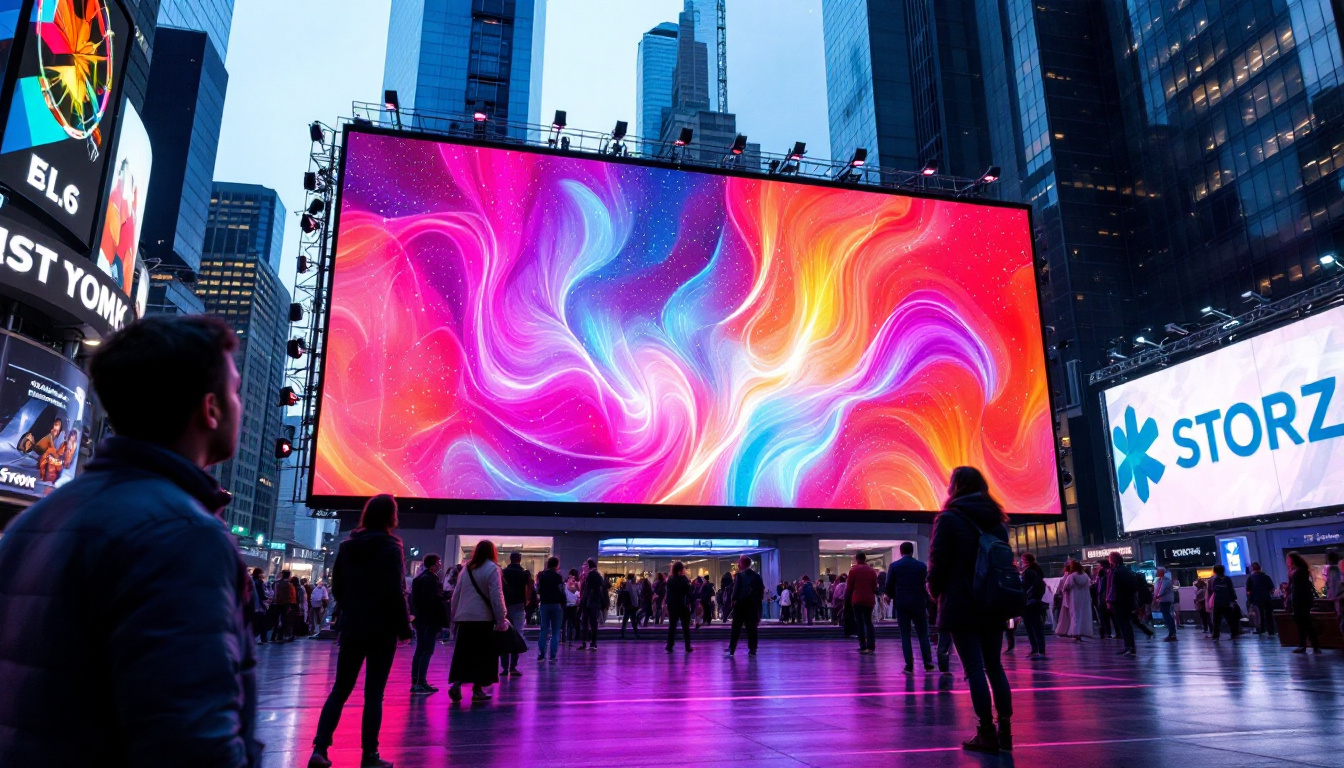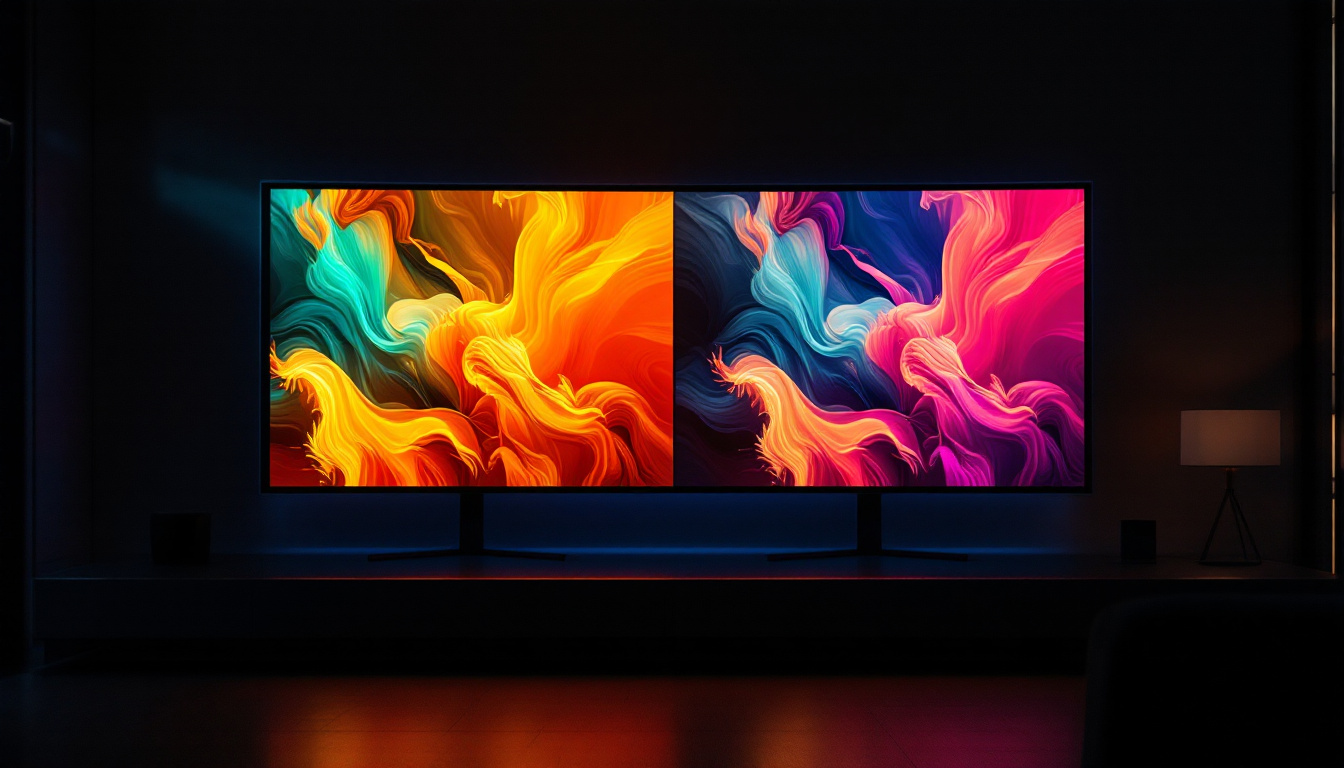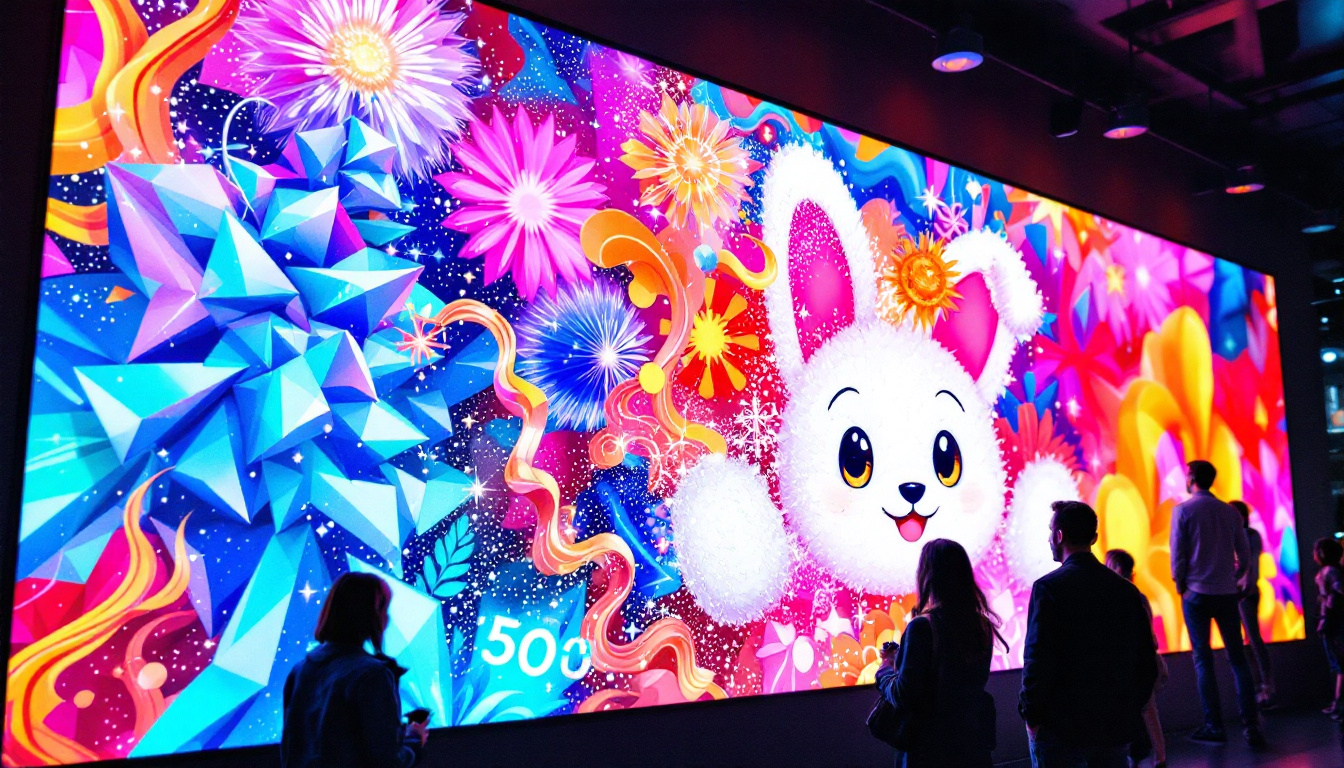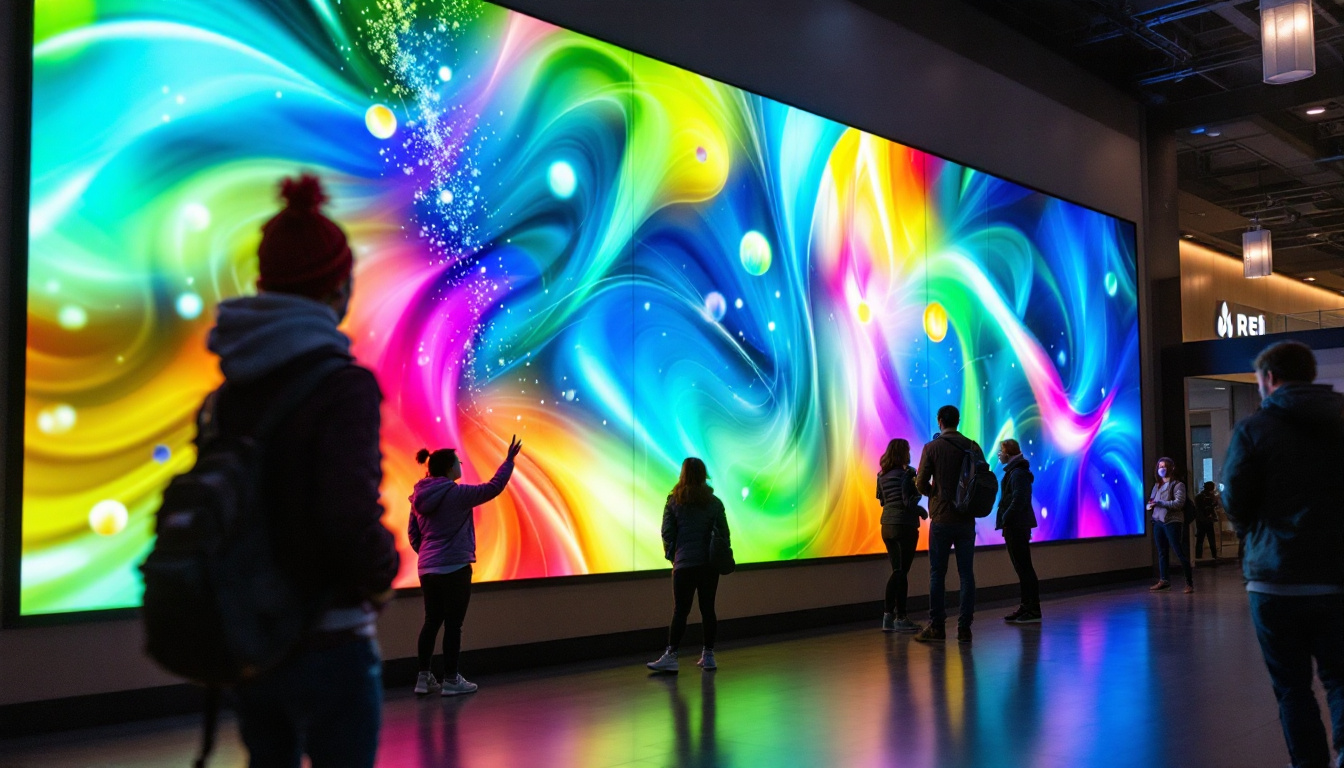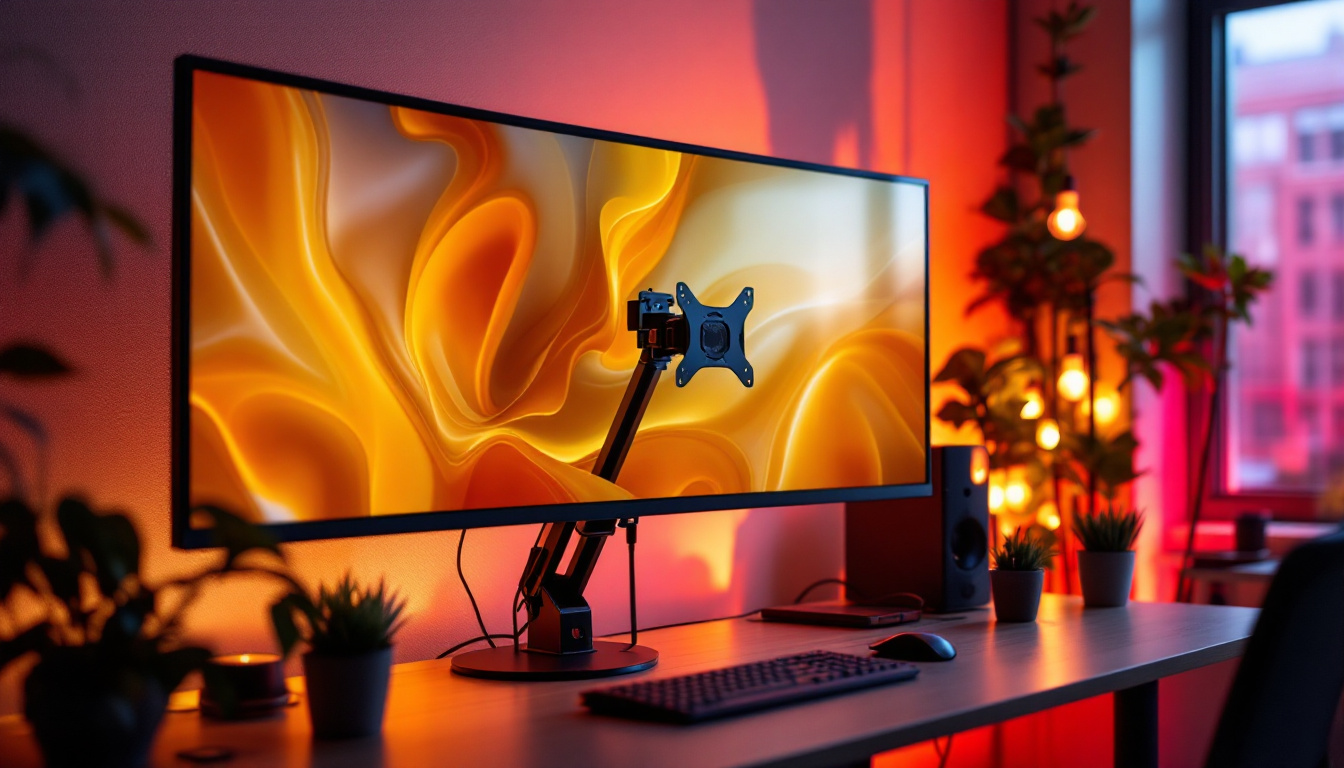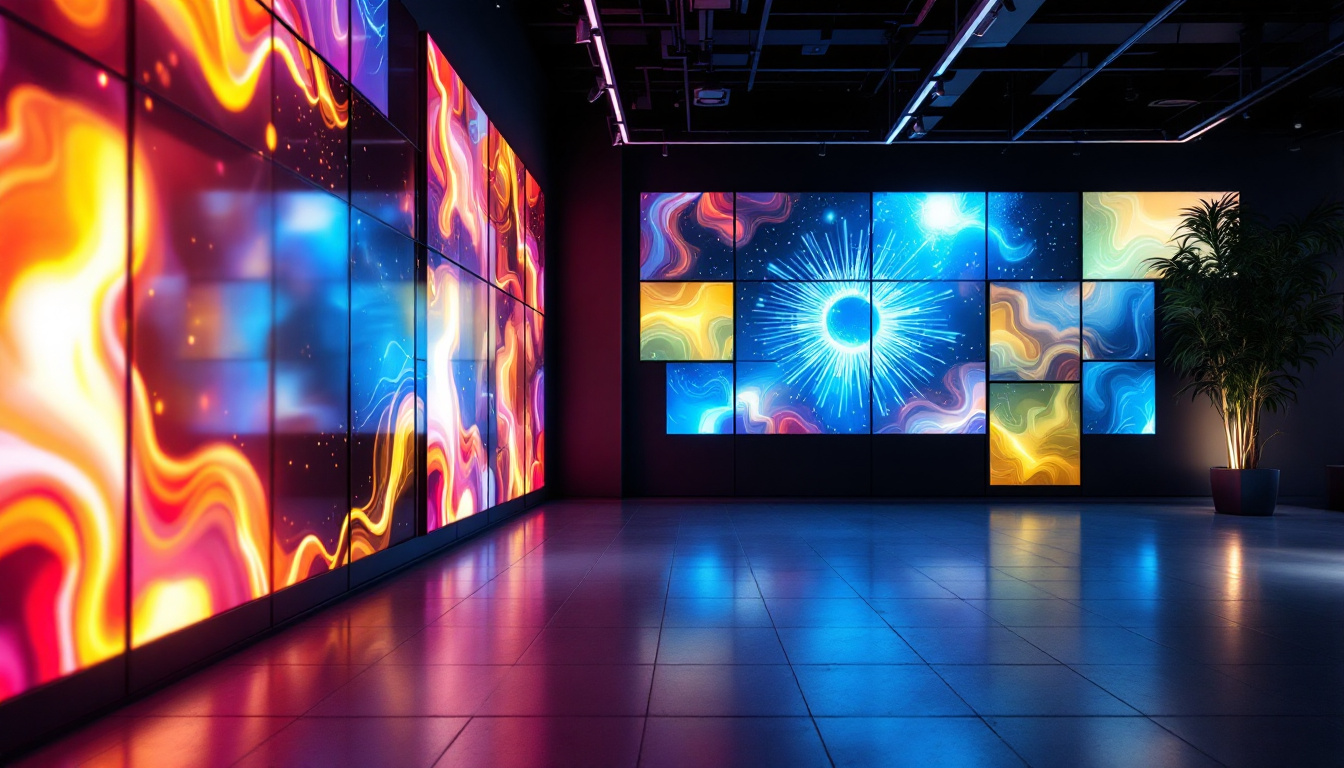In the world of entertainment and events, the visual experience is paramount. From concerts to corporate presentations, the quality of the display can significantly influence audience engagement and satisfaction. One of the most revolutionary technologies in this space is the LED display. This article delves into the intricacies of stage screen LED technology, exploring its features, benefits, and applications.
Understanding LED Technology
Light Emitting Diodes (LEDs) are semiconductor devices that emit light when an electric current passes through them. This technology has evolved significantly over the years, leading to the development of LED displays that are now a staple in various settings, particularly in stage productions. The efficiency and longevity of LEDs have made them a preferred choice for lighting and display applications, reducing energy consumption and maintenance costs compared to traditional lighting solutions.
The Basics of LED Displays
LED displays consist of numerous tiny light-emitting diodes arranged in a matrix to form images and videos. Each pixel in an LED display is made up of red, green, and blue (RGB) diodes, which combine to produce a wide spectrum of colors. This RGB configuration allows for vibrant and dynamic visuals that can captivate audiences. The ability to control each pixel individually enables stunning effects, such as smooth transitions and intricate animations, enhancing the overall viewing experience.
Unlike traditional display technologies, such as LCD or projection systems, LED displays provide superior brightness and contrast. This makes them particularly effective in outdoor settings or brightly lit environments, where visibility can be a challenge. Additionally, LED technology is inherently durable, with resistance to shock and vibration, making it suitable for high-traffic areas and events where equipment may be subjected to rough handling.
Types of LED Displays
There are several types of LED displays, each designed for specific applications. The most common types include:
- Direct View LED: These displays are made up of individual LED modules that create a seamless image. They are often used for large-scale outdoor advertising and events.
- LED Video Walls: Comprising multiple LED panels, these walls can be configured in various shapes and sizes, making them ideal for concerts, festivals, and corporate events.
- Flexible LED Displays: These displays can bend and curve, allowing for creative installations that can fit into unconventional spaces.
In addition to these types, there are also transparent LED displays that allow for visibility through the screen, making them perfect for retail environments where showcasing products is essential. These displays can create eye-catching advertisements while maintaining an open feel in the space. Furthermore, advancements in technology have led to the development of high-resolution LED displays, which offer pixel pitches so fine that they can be used in indoor settings, providing an immersive experience for viewers. This versatility in design and application continues to drive the popularity of LED technology across various industries.
Advantages of LED Displays
The adoption of LED displays in stage productions and events has skyrocketed due to their numerous advantages. Understanding these benefits can help event organizers make informed decisions about their visual technology needs.
High Brightness and Visibility
One of the most significant advantages of LED displays is their exceptional brightness. Unlike traditional screens, LED displays can maintain clarity and vibrancy even in direct sunlight. This feature is crucial for outdoor events, where lighting conditions can vary dramatically.
Furthermore, the high contrast ratio of LED displays ensures that colors appear vivid and details are sharp, enhancing the overall viewing experience for the audience. This is particularly important for large audiences, as it allows everyone, regardless of their position in relation to the screen, to enjoy a consistent visual experience. The ability to adjust brightness levels dynamically also means that LED displays can be optimized for different times of day, ensuring that visuals remain impactful from dawn till dusk.
Energy Efficiency
LED technology is known for its energy efficiency. Compared to older display technologies, LED displays consume significantly less power, which can lead to substantial cost savings over time. This is particularly beneficial for large-scale events where multiple displays are used.
In addition to cost savings, the reduced energy consumption also translates to a smaller carbon footprint, making LED displays a more environmentally friendly choice. Many event organizers are now prioritizing sustainability in their planning, and the use of energy-efficient displays aligns perfectly with these goals. Additionally, advancements in LED technology continue to improve efficiency, allowing for even greater savings and reduced environmental impact as the technology evolves.
Durability and Longevity
LED displays are built to last. They are resistant to shocks and vibrations, making them ideal for dynamic environments like concerts and festivals. Additionally, LED technology has a longer lifespan compared to traditional display technologies, often exceeding 100,000 hours of operation.
This durability means less frequent replacements and maintenance, allowing event organizers to focus on other aspects of their productions without worrying about display failures. Moreover, many LED displays are designed with modular components, enabling easy repairs and upgrades. This modularity not only extends the life of the display but also provides flexibility in design, allowing for creative configurations that can adapt to various event themes and layouts. As a result, LED displays not only serve as a reliable visual medium but also as a versatile tool for enhancing the overall aesthetic of any event.
Applications of LED Displays
The versatility of LED displays allows them to be used in a wide range of applications. From entertainment to corporate settings, their impact is felt across various industries.
Entertainment and Events
In the entertainment industry, LED displays have become a fundamental component of live performances. Concerts, festivals, and theatrical productions utilize these displays to create immersive experiences. With the ability to display high-resolution visuals and dynamic content, LED screens can transform a stage into a captivating visual spectacle.
Moreover, LED displays are often used for backdrops, stage designs, and interactive installations, enhancing the overall aesthetic and engagement of the audience.
Corporate and Commercial Use
In corporate settings, LED displays serve multiple purposes, such as presentations, advertising, and information dissemination. Companies use LED screens for trade shows, conferences, and product launches to capture attention and convey messages effectively.
Additionally, retail environments leverage LED displays for advertising and promotions, drawing customers in with eye-catching visuals that highlight products and services.
Sports and Stadiums
LED displays have revolutionized the way sports events are experienced. In stadiums, large LED screens provide fans with real-time updates, replays, and advertisements. These displays enhance the overall atmosphere of the event, making it more engaging for attendees.
Moreover, the ability to customize content allows teams and sponsors to tailor messages to specific audiences, maximizing the impact of their marketing efforts.
Choosing the Right LED Display
When selecting an LED display for a specific application, several factors must be considered. Understanding these factors can help ensure that the chosen display meets the needs of the event or installation.
Pixel Pitch
Pixel pitch refers to the distance between the centers of two adjacent pixels. It is a crucial factor in determining the resolution and clarity of the display. A smaller pixel pitch results in higher resolution and better image quality, making it ideal for close viewing distances, such as in indoor settings.
Conversely, a larger pixel pitch can be suitable for outdoor displays where viewers are typically farther away. Understanding the intended viewing distance can guide the selection of the appropriate pixel pitch.
Brightness Levels
Different applications require varying levels of brightness. For outdoor displays, a brightness level of at least 5,000 nits is recommended to ensure visibility in direct sunlight. Indoor displays, on the other hand, may require lower brightness levels, typically ranging from 1,000 to 3,000 nits.
Choosing the right brightness level is essential for maintaining image quality and ensuring that the display performs optimally in its intended environment.
Installation and Maintenance
Consideration should also be given to the installation process and ongoing maintenance requirements of the LED display. Some displays are designed for easy installation and can be set up quickly, while others may require specialized equipment and expertise.
Additionally, understanding the maintenance needs, such as cleaning and servicing, can help ensure the longevity and performance of the display over time.
Future Trends in LED Display Technology
The LED display industry is continuously evolving, with new technologies and innovations shaping its future. Staying informed about these trends can help businesses and event organizers leverage the latest advancements for their needs.
Advancements in Resolution
As technology progresses, the demand for higher resolution displays continues to grow. Innovations such as MicroLED and MiniLED technology are paving the way for displays with even finer pixel pitches, resulting in unparalleled image quality. These advancements are particularly beneficial for applications requiring close viewing distances, such as in high-end retail and immersive experiences.
Integration with Augmented and Virtual Reality
The integration of LED displays with augmented reality (AR) and virtual reality (VR) technologies is also on the rise. This convergence allows for more immersive experiences, where digital content can be overlaid onto the physical world. As AR and VR technologies become more mainstream, LED displays will play a crucial role in enhancing these experiences.
Smart and Interactive Displays
Another trend is the development of smart LED displays that incorporate interactivity and connectivity. These displays can respond to audience engagement, allowing for real-time interaction and personalized content delivery. This capability is particularly valuable in marketing and advertising, where brands can create tailored experiences for their customers.
Conclusion
LED displays have transformed the visual landscape of events and presentations, offering unparalleled brightness, durability, and versatility. As technology continues to advance, the potential applications and benefits of LED displays will only expand. Understanding the intricacies of LED technology, along with its advantages and future trends, is essential for anyone looking to enhance their visual experiences in the entertainment, corporate, or sports industries.
By staying informed about the latest developments and making thoughtful choices regarding display selection, event organizers can create memorable experiences that captivate audiences and leave a lasting impact.
Illuminate Your Next Event with LumenMatrix
Ready to elevate your audience’s experience with the vibrant clarity and dynamic versatility of LED displays? Discover LumenMatrix’s innovative LED display solutions, where cutting-edge technology meets creative design. From Indoor and Outdoor LED Walls to specialized displays for vehicles, sports, and even custom configurations, LumenMatrix is committed to revolutionizing your visual presentations. Don’t just share your message—make it resonate with impact. Check out LumenMatrix LED Display Solutions and transform your event into a memorable spectacle.

